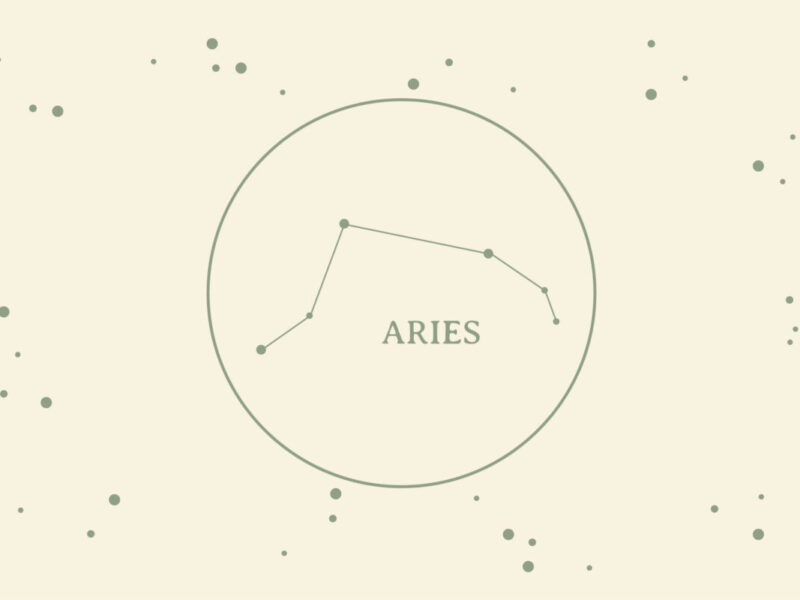I still remember why I first created my Twitter account: because one of my writing professors “strongly suggested” it. At the time, the process of replacing my blank “egg” avatar with a photo, finding people I wanted to follow, and managing to be funny, brilliant, or profound in 140 characters all seemed more stressful than it was worth.
Now, three years later, Twitter has unexpectedly become one of my favorite writing resources. Though I have a strong writing community IRL, Twitter has become a way to further that community, especially in moments of self-doubt or when I’m lacking inspiration.
Whatever the platform, social media can be an affirming space, with tons of writers amplifying the idea that writing and poetry continue to have a role in the world. Here’s how to use digital tools to build upon your real-life impact.
On Facebook
Is Facebook totally dead? Some might think so. That doesn’t stop poets like Rupi Kaur from boasting more than half a million likes and followers. Poets use Facebook to share pictures of journal publications and links to online work, either on their personal page or on a separate author page.
(Disclaimer: Most journals and magazines consider work posted to social media as published. So, if you tweet or post what you just wrote, you often can’t submit it for publication).
In addition, the event tool on Facebook serves as an effective way to promote and invite friends, family, and other connections to readings, book signings, and other poetry-related events. In fact, I find out about most readings that I attend through Facebook.
Even if you’re not hosting a reading yourself, you can use the event tool on Facebook to search for poetry slams and open mics in your area. Not only do these gatherings stand out as a positive, supportive place to test new material and performance skills, but many also offer cash prices.
On Twitter
The main thing I’ve realized since using Twitter is that no one is too cool, accomplished, or unapproachable. After tagging poets like Crystal Gibbins and Marianne Kunkel in Read Poetry articles that mentioned them, they started following me—and signal-boosted my work!
So, follow your favorite poets, and use the platform to its fullest. Tweet about what you’re reading and what you’re writing. Share publications, and feature journals and publications where your work has appeared in your bio. Hashtags like #writingcommunity, #poetrycommunity, and #amwriting, among others, regularly unite writers, while threads about submission practices and other topics open discussions and help demystify literary institutions.
Additionally, the #callforsubmissions hashtag can provide ideas for where and how to send poems you’ve recently polished.
On Instagram
Instagram is regularly called the future of poetry, largely because of the medium’s accessibility, as well as its appeal to intimate, confessional writing. Think of Instagram as an inventive way to pair poetry and visuals (hello, Mari Andrew and Morgan Harper Nichols). I’m also a big fan of the Instagram highlight feature because it features your poetry right where it needs to be: at the top of your page, any time a reader wants to browse!
Everywhere!
Follow your favorite literary journals and magazines. This will clue you into when they’re accepting submissions when they’re notifying selected writers, issue themes, and more.
Make an effort to follow and connect with the larger writing community, from famous poet laureates to up-and-coming voices you admire. Lastly, share your work with unabashed pride and fight the urge to be self-deprecating, self-sabotaging, or shy!




